I am trying to get a apply qss to a combobox to make the item selected or hovered over to have a blue rectangle of height 30 and rounded corners, this is in addition to the qss on the combo box itself.
self.b2 = QComboBox(self)
self.b2.addItems(['Choose','UX Research', 'Mobile Design', 'Visual Design','UX/UI Design','Illustration'])
self.b2.setFixedSize(220, 38)
self.b2.move(24, 24)
self.b2.setPlaceholderText("Choose")
self.b2.setStyleSheet("""
QComboBox {
background-color: qlineargradient(x1:0, y1:0, x2:1, y2:0.8,
stop:0 rgb(71, 78, 83),
stop:1 rgb(49, 54, 58));
border: none;
border-radius: 19px;
color: #f2f2f2;
font-size: 14px;
padding-left:16px;
}
QComboBox:hover {
background-color: qlineargradient(x1:0, y1:0, x2:1, y2:0.8,
stop:0 rgb(66, 73, 78),
stop:1 rgb(54, 49, 53));
}
QComboBox:focus {
background-color: qlineargradient(x1:0, y1:0, x2:1, y2:0.8,
stop:0 rgb(61, 68, 73),
stop:1 rgb(39, 44, 48));
}
QComboBox::down-arrow { width: 0px; image: url(:None); }
QComboBox::drop-down { border: none; background:none;}
QComboBox QAbstractItemView {
border:0px;
background-color: #31363A;
}
QComboBox::item {
min-height: 35px;
min-width: 50px;
outline: none;
}
QComboBox::item:selected{
color: black;
background-color: lightgray;
}
""")
shadow2 = QGraphicsDropShadowEffect(self.b2)
shadow2.setBlurRadius(29)
shadow2.setOffset(2,2)
shadow2.setColor(QColor(63, 228, 192,45))
self.b2.setGraphicsEffect(shadow2)
Here is what my combobox looks like:

The drop down menu has not changed at all.
after applying self.b2.setStyle(QStyleFactory.create('fusion')) adn chnaging teh qss to directly specify QComboBox and not QItemView, it looks like this. The main problem is that the drop down has a border and there seems to be a massive gap between the word and the start of the list.